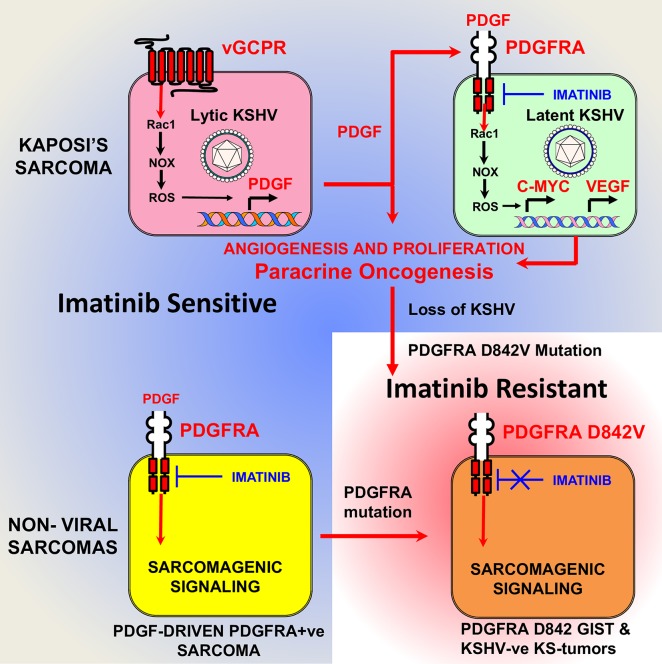Fig 10. KSHV-dependent and independent mechanisms of PDGFRA-driven sarcomagenesis.
The upper panel describes one possible PDGFRA activation mechanism supported by data from this paper: lytically or abortive-lytically infected KS cells expressing vGPCR can drive sarcomagenesis by Rac1-NOX-ROS mediated upregulation of PDGF leading to PDGFRA activation in latently infected cells that promotes proliferation and VEGF angiogenesis (paracrine oncogenesis). This mechanism would be sensitive to Imatinib, which inhibits PDGFRA oncogenic signaling. The lower panels show in the left panel; the scenario for non-viral sarcomas driven by ligand-mediated activation of PDGFRA (soft tissue sarcomas) which are sensitive to Imatinib and to anti-PDGFRA antibody therapy [56]. The right panel shows the scenario for our KSHV-ve KS-like sarcomas driven by the PDGFRA D842V mutations—the most frequent PDGFRA mutation in GIST—which make these tumors Imatinib-resistant.

